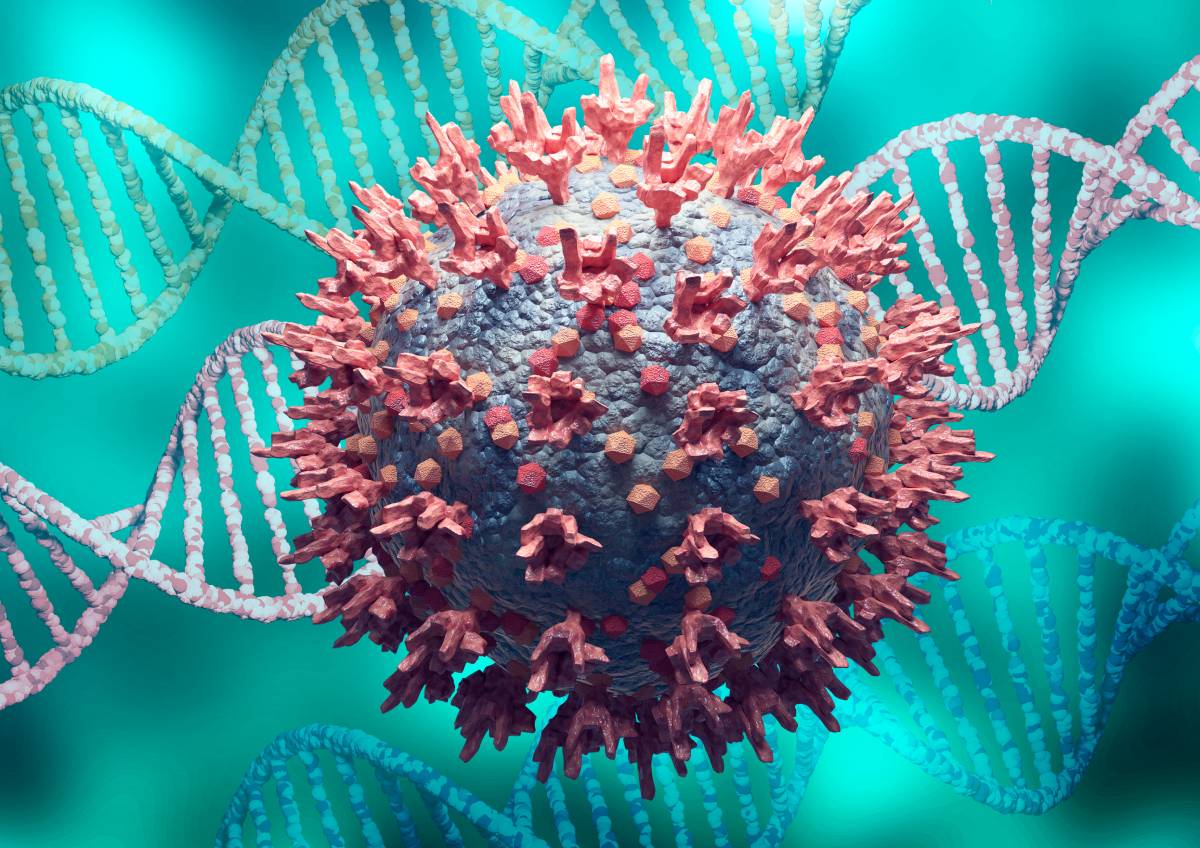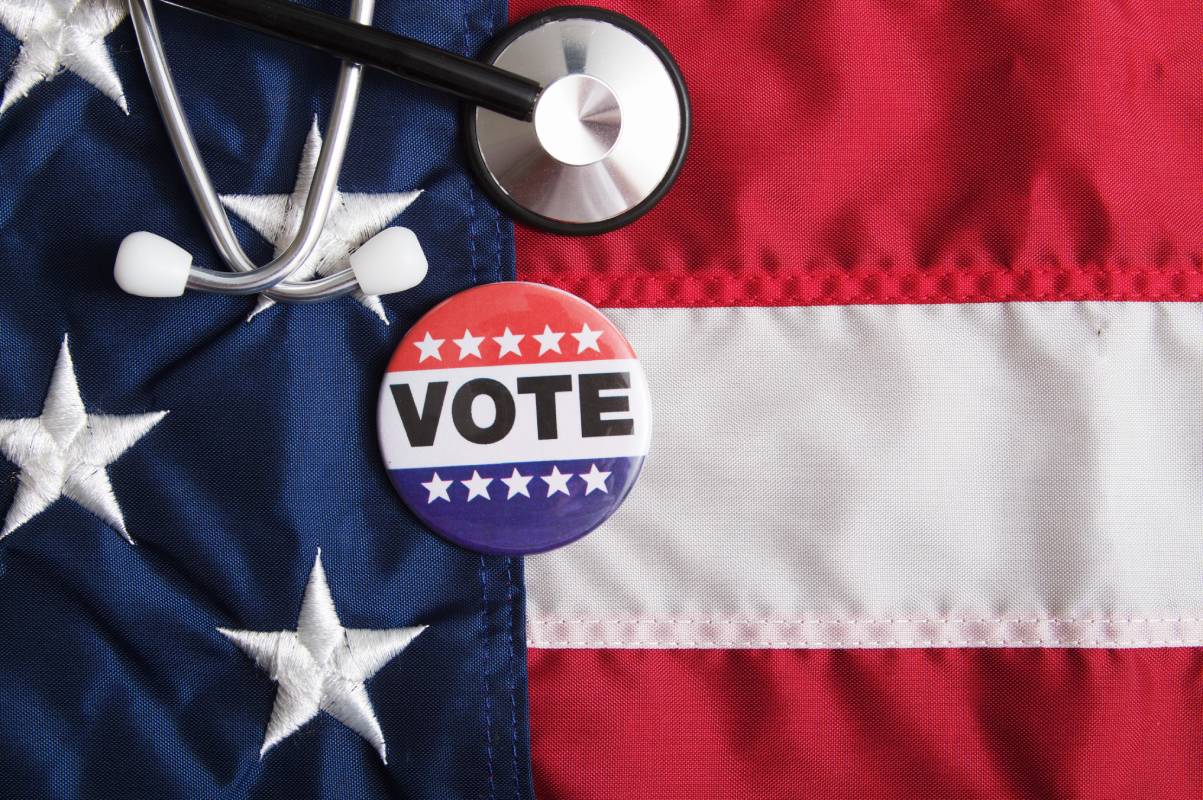
Since the 1960s, some US states have passed and enforced certificate of need (CON) laws for healthcare entities, with regulations varying in their application procedures, the stringency of review, and coverage across states [1, 2, 3]. These laws require prospective healthcare providers aspiring to enter the healthcare industry and existing providers seeking to make major capital expenditures to receive the approval of the state’s healthcare agency before doing so [1]. The objectives of these laws are threefold: to improve the quality of healthcare services in regions with a volume-quality relationship, to expand access to healthcare by keeping providers from engaging in “cream-skimming,” and to reduce costs by eliminating unnecessary health facilities [2].
To receive approval for operations or expenditures under CON laws, medical providers may have to expend years of effort and thousands of dollars [4]. This is because CON laws require the approving authority not to assess a particular provider’s qualifications, but rather the “needs” of the community in question [5]. A key idea behind this feature of the US healthcare certificate of need laws is to have providers prove that their services would meet a real need in the community. As a result, other providers already servicing the community are allowed to contest a pending application, potentially creating years of delays and heightening the evidentiary burden needed to achieve approval [5].
Consequently, the ability of CON laws to achieve their purported objectives is dubious. In terms of quality of healthcare services, empirical studies of how certificate of need laws in the US affect hospitals reveal how little they do to improve healthcare [1, 5]. Stratmann and Wille’s 2018 study found that “the quality of hospital care in states with CON laws is not systematically higher than the corresponding quality in non-CON states,” casting doubt on the laws’ ability to accomplish their first aim [1]. Furthermore, the researchers found that some CON states provide worse service to their communities, with mortality rates for heart failure, pneumonia, and heart attacks being higher in CON states than in non-CON states [1].
Similarly, CON laws are associated with decreased access to healthcare [5]. States with such laws tend to have fewer ambulatory surgery centers and hospitals, particularly in rural areas; dialysis clinics; and hospice care facilities [5]. Moreover, hospitals in these states tend to have fewer hospital beds and are less likely to offer CT, PET, and MRI scans to their patients [5]. And already-vulnerable communities are especially likely to suffer the negative consequences of CON laws [5]. For example, Delia et al. suggested that CON laws were to blame for Black patients’ reduced access to hospitals that could provide them with cardiac angiography [6].
Lastly, certificate of need regulations have an uncertain effect on US healthcare costs, so their ability to meet their third objective is unclear. In an examination of the cost-effectiveness of CON laws, Conover and colleagues estimated the expected costs of CON regulation to exceed its expected benefits by 8% (approximately $300 million) [2]. However, they also expressed that their estimation of net costs could be skewed [2]. As such, the true level of economic benefits or losses produced by CON laws remains ambiguous.
With this class of regulations failing to achieve at least two of their three stated objectives, it is unsurprising why fourteen states have repealed their CON laws since the 1980s [2]. Nevertheless, these laws remain operational in thirty-six states and the District of Columbia [2]. When reevaluating these laws, state authorities should keep in mind the evidence suggesting that certificates of need are not as effective as they aspire to be.
References
[1] T. Stratmann and D. Wille, “Certificate-of-Need Laws and Hospital Quality,” Mercatus Center, Updated July 12, 2018. [Online]. Available: https://papers.ssrn.com/sol3/papers.cfm?abstract_id=3211657.
[2] C. J. Conover and J. Bailey, “Certificate of Need Laws: A Systematic Review and Cost-Effectiveness Analysis,” BMC Health Services Research, vol. 20, no. 748, pp. 1-29, August 2020. [Online]. Available: https://doi.org/10.1186/s12913-020-05563-1.
[3] F. J. Hellinger, “The Effect of Certificate-of-Need Laws on Hospital Beds and Healthcare Expenditures: An Empirical Analysis,” AJMC, Updated January 23, 2018. [Online]. Available: https://mhcc.maryland.gov/mhcc/pages/home/workgroups/documents/CON_modernization_workgroup/Articles/Article%208.pdf.
[4] “Certificate-of-Need Laws: Why They Exist and Who They Hurt,” State Policy Network, Updated April 1, 2021. [Online]. Available: https://spn.org/articles/certificate-of-need-laws/.
[5] M. Mitchell and W. Mitchell, “How more states can free up emergency health care,” The Hill, Updated April 10, 2020. [Online]. Available: https://thehill.com/opinion/healthcare/492070-how-more-states-can-free-up-emergency-health-care/.
[6] D. Delia et al., “Effects of regulation and competition on health care disparities: the case of cardiac angiography in New Jersey,” BMC Health Services Research, vol. 34, no. 1, pp. 63-91, February 2009. [Online]. Available: https://doi.org/10.1215/03616878-2008-992.




